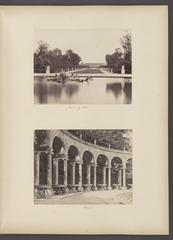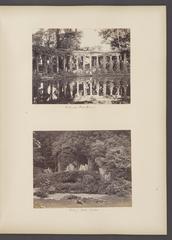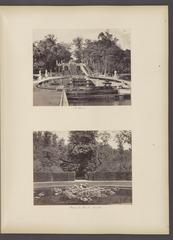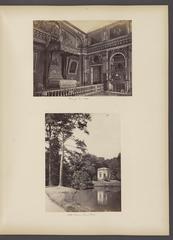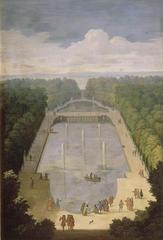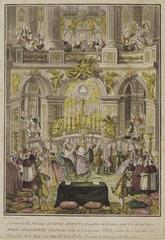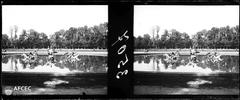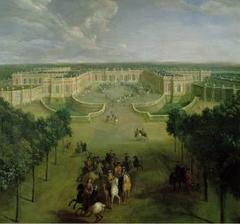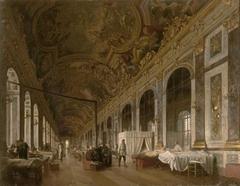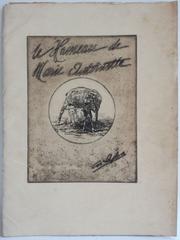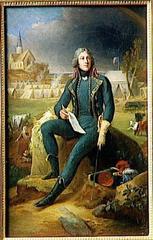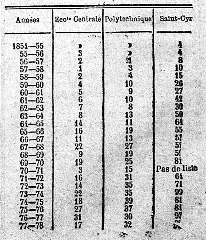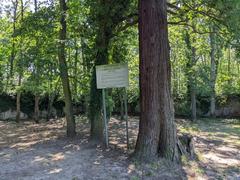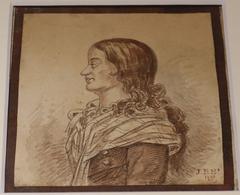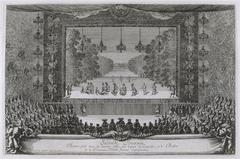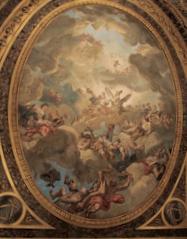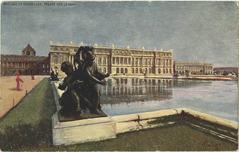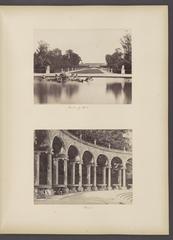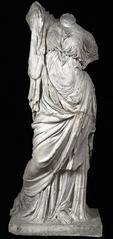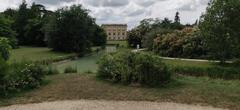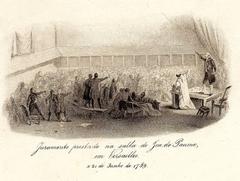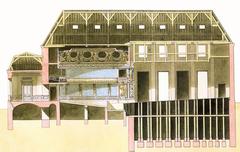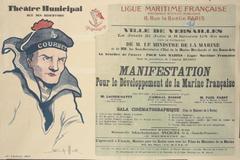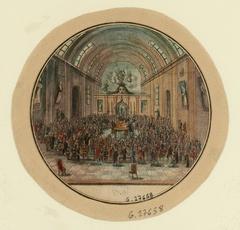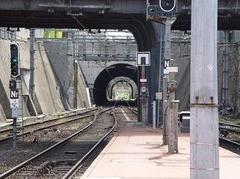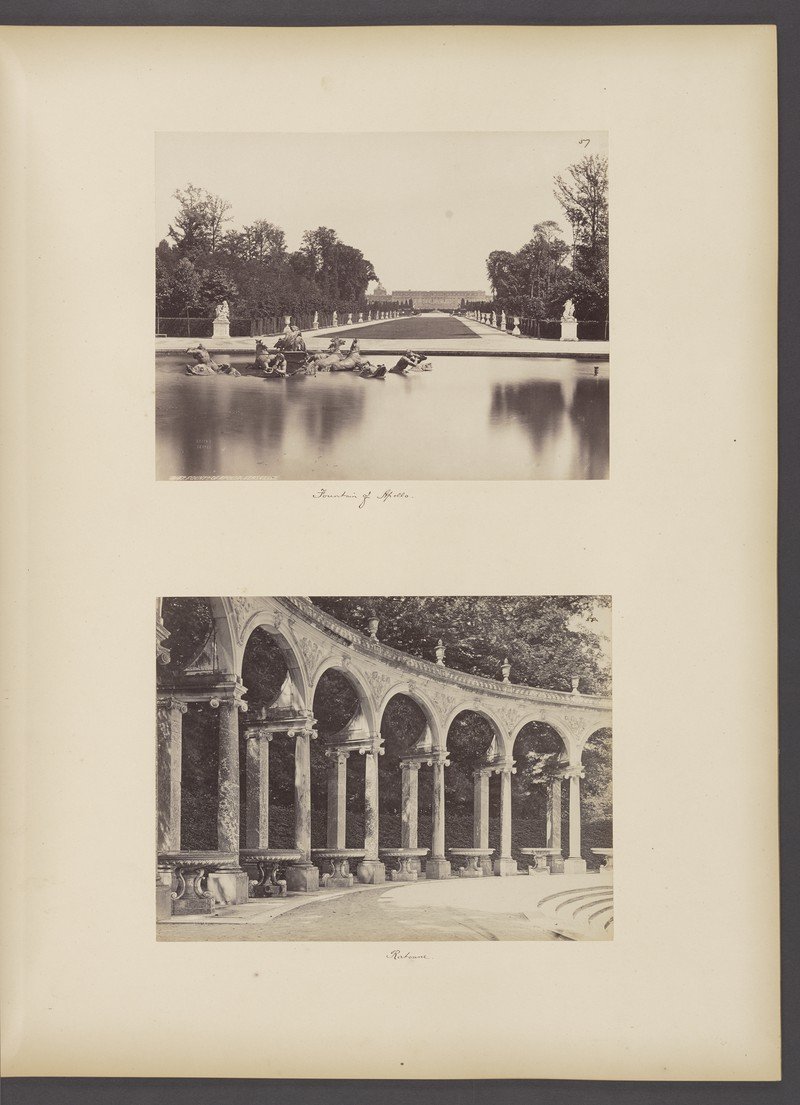
Parterre Latone: Visiting Hours, Tickets, and Historical Significance
Date: 17/07/2024
Introduction
The Parterre Latone, also known as the Latona Fountain, is an iconic feature within the Gardens of Versailles, France. Commissioned by Louis XIV and designed by the renowned landscape architect André Le Nôtre, the Parterre Latone is a testament to the grandeur and artistic brilliance of the 17th-century French monarchy. This baroque garden masterpiece not only serves as a stunning visual spectacle but also embodies the mythological and political narratives of the era. Central to its design is the myth of Latona, the mother of Apollo and Diana, as depicted in Ovid’s Metamorphoses. The story of Latona’s divine retribution against the Lycian peasants who insulted her is vividly brought to life through intricate sculptures and elaborate water features. Over the centuries, the Parterre Latone has undergone numerous transformations and restorations, each adding layers of historical and artistic significance. This research report delves into the rich history, significance, and ongoing conservation efforts of the Parterre Latone, providing practical visitor information and travel tips to enhance the experience for those planning to explore this magnificent historical site (source).
Table of Contents
- Introduction
- Historical Background and Significance of the Parterre Latone
- The Parterre Latone Today
- Conservation and Restoration Efforts
- Conclusion
Historical Background and Significance of the Parterre Latone
The Parterre Latone, or Latona Fountain, stands as a monumental testament to the power and grandeur that characterized the reign of Louis XIV, the Sun King. More than just a water feature, it embodies the artistic, political, and mythological aspirations of the French monarchy in the 17th century.
Early Years and Evolution
The Parterre Latone’s story begins with Louis XIII, who initiated the development of Versailles from a humble hunting lodge into a royal residence. Originally, the area now occupied by the Parterre Latone was a modest garden designed by Jacques Boyceau in the 1630s.
Under Louis XIV, the garden transformed significantly. In 1666, inspired by the Italian gardens he had seen, Louis XIV commissioned André Le Nôtre to redesign the gardens of Versailles on a grand scale. Le Nôtre envisioned a garden that celebrated the king’s authority and reflected the order and harmony of the universe.
The Mythological Narrative
Central to Le Nôtre’s design was the incorporation of classical mythology. He chose the myth of Latona, mother of Apollo and Diana, to be the thematic centerpiece of the Parterre Latone. The myth, as depicted in Ovid’s Metamorphoses, tells the story of Latona’s persecution by the Lycian peasants and their subsequent transformation into frogs and lizards as divine punishment.
Symbolism and Royal Propaganda
This myth resonated deeply with Louis XIV, who saw himself as the embodiment of Apollo, the Sun God. The Parterre Latone, with its elaborate sculptures and water displays, became an allegory for the triumph of order over chaos and the king’s reign over his enemies. The cascading levels of the fountain symbolized the hierarchical structure of French society, with the king at its apex.
Artistic and Engineering Prowess
The construction of the Parterre Latone was a monumental undertaking, involving skilled artists and craftsmen. Sculptors Gaspard Marsy and his stepson, Balthazar, created the stunning lead sculptures. The fountain’s intricate hydraulic system, designed by engineer Francine Francine, utilized gravity to create a complex interplay of water jets, sprays, and cascades.
Transformations and Restorations
The Parterre Latone has undergone several transformations and restorations. During Louis XV’s reign, the fountain was modified to incorporate Rococo elements. These changes were later reversed during a 19th-century restoration project aimed at restoring the garden to its original splendor under Louis XIV.
The Parterre Latone Today
Visiting Hours
The Parterre Latone is open year-round. The visiting hours typically align with the Gardens of Versailles’ operational hours, which are from 8:00 AM to 8:30 PM during high season (April to October) and from 8:00 AM to 6:00 PM during low season (November to March). It is advisable to check the official Versailles website for any changes in opening hours or special closures.
Ticket Prices
Admission to the Gardens of Versailles, including the Parterre Latone, is generally free of charge except on days when the Musical Fountains Show or Musical Gardens events are held. On these special days, a ticket is required. Prices for these events can vary, so it is best to consult the official Versailles website for the most up-to-date information.
Travel Tips
- Getting There: The Gardens of Versailles are easily accessible by public transport. The RER C train line connects central Paris to the Versailles Château Rive Gauche station, a short walk from the palace. Several bus lines and parking options are also available for those traveling by car.
- Best Time to Visit: Early mornings or late afternoons are ideal for visiting to avoid peak crowds. Spring and early summer offer the best weather and the most vibrant garden displays.
- What to Bring: Comfortable walking shoes are essential, as the gardens are extensive. Bringing water and snacks is advisable, although there are several cafes and restaurants within the palace grounds.
Nearby Attractions
- The Palace of Versailles: Highlights include the Hall of Mirrors, the Royal Apartments, and the Royal Chapel.
- The Grand Trianon and Petit Trianon: These smaller palaces within the Versailles estate offer a more intimate glimpse into royal life.
- The Queen’s Hamlet: A picturesque retreat built for Marie Antoinette, featuring charming cottages, a farm, and a lake.
Guided Tours and Special Events
Guided tours of the Gardens of Versailles, including the Parterre Latone, are available and highly recommended. Special events such as the Musical Fountains Show and the Night Fountains Show provide unique opportunities to experience the gardens in a new light.
Photographic Spots
The Parterre Latone offers numerous opportunities for photography enthusiasts. The central axis of the fountain, with the Palace of Versailles in the background, is a popular spot for capturing stunning images. Early morning light provides the best conditions for photography.
Conservation and Restoration Efforts
Addressing the Challenges
The gardens face unique challenges:
- Plant Life: Thousands of plants need regular replanting, pruning, and protection from pests and diseases.
- Fountains and Water Features: The elaborate hydraulic systems require regular maintenance to prevent leaks, corrosion, and deterioration.
- Statuary and Stonework: Exposure to the elements leads to erosion and discoloration of the marble statues and stonework.
A Multifaceted Approach to Preservation
The Palace of Versailles employs a dedicated team of gardeners, engineers, art historians, and restoration experts who work year-round to preserve the gardens. Their approach involves:
- Traditional Techniques: Manual weeding, hand-pruning of boxwood, and the use of natural fertilizers.
- Modern Technology: 3D scanning and modeling help monitor the condition of statues and fountains, while sophisticated irrigation systems ensure optimal water usage.
- Sustainable Practices: The Palace is committed to organic fertilizers, integrated pest management, and rainwater harvesting for irrigation.
Notable Restoration Projects
- Restoration of the Latona Fountain (1988-1995): This major project involved dismantling, cleaning, and restoring the central fountain and modernizing the hydraulic system.
- Replanting of the Parterres (Ongoing): The boxwood hedges and flowerbeds are replanted regularly to maintain the intricate designs.
- Restoration of Statuary (Ongoing): The marble statues are cleaned and restored on a rotating basis. In some cases, replicas are created to replace severely damaged originals.
Public Support for Preservation
The Palace of Versailles relies on public support to fund these extensive conservation efforts. Visitors can contribute by:
- Purchasing Tickets: Entrance fees directly support the maintenance and restoration of the gardens.
- Making Donations: The Palace accepts donations specifically earmarked for the preservation of the gardens.
- Respecting the Site: Visitors are encouraged to stay on designated paths, refrain from touching the plants and sculptures, and dispose of trash properly.
Conclusion
The Parterre Latone stands as a monumental symbol of the artistic and engineering prowess of the 17th century, reflecting the grandeur of Louis XIV’s reign. Its intricate sculptures, elaborate water features, and mythological narratives continue to captivate visitors from around the world. The ongoing conservation and restoration efforts by dedicated teams ensure that this historical marvel is preserved for future generations. Visitors to the Parterre Latone can immerse themselves in the opulent history of Versailles, appreciate the meticulous craftsmanship, and gain a deeper understanding of the cultural and political significance of the site. For the latest updates and visitor information, be sure to check the official Versailles website and consider supporting the preservation efforts through ticket purchases and donations (source).
References
- Discovering the Parterre Latone - History, Significance, and Visitor Information. 2024. https://www.versailles-gardens.com
- Visiting the Parterre Latone - History, Tickets, and Tips for a Memorable Experience. 2024. https://www.versailles-gardens.com
- Conservation and Restoration Efforts at the Parterre Latone - History, Challenges, and Visitor Information. 2024. https://www.versailles-gardens.com
